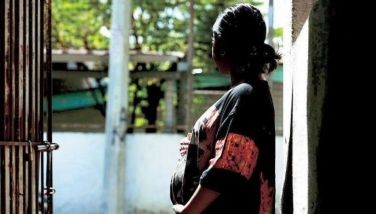Birdwatching takes flight as eco-tourism gains popularity in Philippines
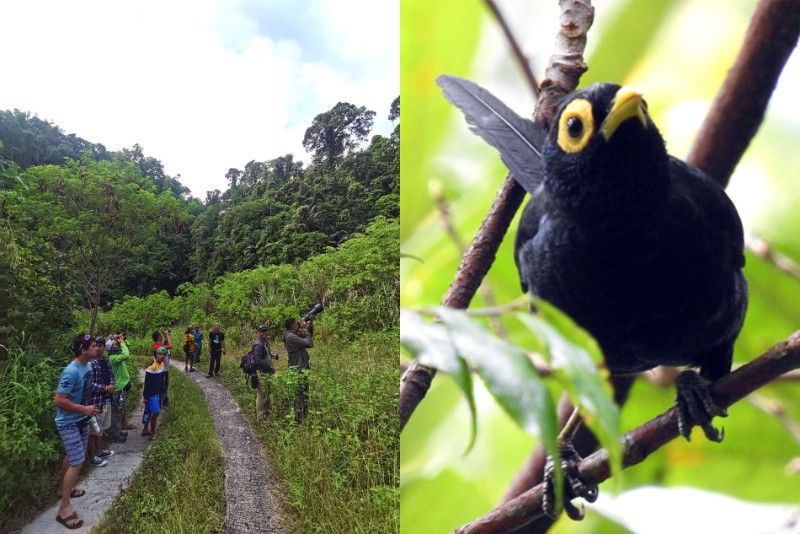
MANILA, Philippines — The tough trails that lead to the summit of Mount Apo typically draw in hikers and mountain climbers. But backpackers trekking rough terrain won’t be the only tourists navigating the Philippines’ highest peak for long if Julius Paner had his way.
Holding binoculars in one hand and a bird book in the other, the avid birder — people who watch birds and make their identification a hobby — has enthused that birdwatching has “slowly but surely gained popularity in the region.”
"Tourism nowadays is going back to basics. Ang mga tao really want to go outdoors. Wala na gusto pumuntang malls every weekend. They want to go to forests," Paner said. "It’s important to offer a lot of activities other than hiking and camping. Birdwatching can be a good alternative."
By allowing people to get to know magnified images of avian creatures big and small, the hobby can even serve as a "catalyst" for conservation, described Paner, who himself began to birdwatch in 2018 under the mentorship of expert birders from the Wild Bird Club of the Philippines-Davao.
As pandemic fatigue makes tourists flock to green spaces, birdwatching has taken flight in regions with plenty of natural attractions: from mountain ranges to lush forests. Local tourism offices are grabbing the opportunity to promote the quietly loved activity to first-timers while championing its potential to raise awareness of wildlife protection.
Citizen science or 'Pokemon Go'
Birdwatching, for the unfamiliar, seems like the naturalist’s "Pokemon Go." One uses binoculars to look at and identify different bird species while listening to their calls. It can involve walking and standing for long hours to catch a glimpse of elusive birds before they fly away.
But the hobby is far from being a passive (and boring) activity for citizen science. Lockdowns during the COVID-19 pandemic led to a surge of first-time birdwatchers in the Philippines and in other countries as people yearned for the outdoors. Some became rookie naturalists overnight by observing the feathered friends literally pecking at them from their windows.
Birdsongs, which previously faded into the daily humdrum of life, suddenly became interesting, and more people started to join Facebook groups like “Birdwatch Philippines Community” to help them identify birds other than the house maya.
Birdwatching – which may be easy to dismiss as a pandemic quirk – has led to greater interest among ecotourism lovers even after lockdown restrictions eased, Birding Philippines webmaster Adrian Constantino said.
"With more sites opening up, yung mga dati na confined to backyard birding they are starting to go out more. Social media is a big help," said the bird guide and naturalist.
Paner said that it’s about time that local tourism offices whose regions house plenty of endemic birds embrace the activity as a tourist attraction.
"In the Philippines, we have around 700 species of birds. We are one of the most biodiverse countries for birds, and only a few people are going into it," Paner said.
Rather than asking why more local government units should promote birdwatching to tourists, Paner said the more important question is: why not?
"We have been receiving a lot of people from England [and other countries] in Europe who do birdwatching in the Philippines. Our endemic birds are considered one of the best and most sought after by birdwatchers," he added. "It’s high time we take advantage of that."
Aside from being home to the Philippine Eagle, one of the world’s most majestic birds of prey, the Philippines has more than 200 endemic bird species that are arguably just as beautiful and majestic. Some of these are the Rufous Hornbill, which may appear as a Pokemon-looking bird for fans of the franchise, the Philippine Fairy-bluebird, which looks like a character straight out of a Disney movie and the Yellow-breated Fruit Dove, whose plumage is splashed by bright and striking colors.
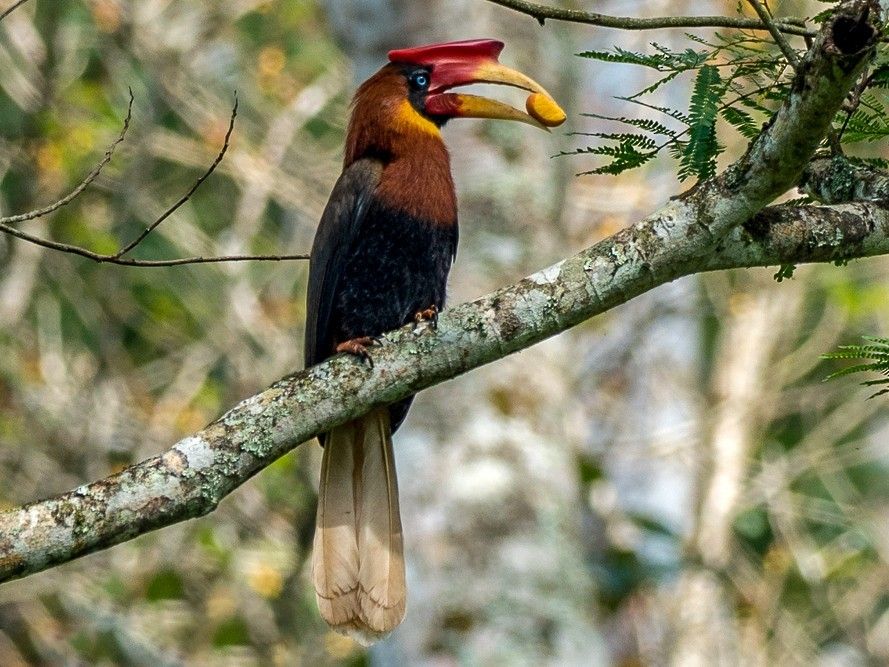
Mount Apo itself hosts the Apo Myna, a large glossy-black bird with a yellow circle around its eye, and the Turquoise Flycatcher, a bright turquoise-blue bird with a white belly.
It’s also only one of the many bird species that Paner and a team of ten birdwatching guides studied in a three-day training session to revitalize their local tourism’s birdwatching activities. With assistance from the Provincial Tourism Office of Davao del Sur, mountain guides of Sta. Cruz’ Tourism Office hunkered down to study the various birds in the area and the proper handling of binoculars from June 16 to 18 to assist birders for future birding tours.
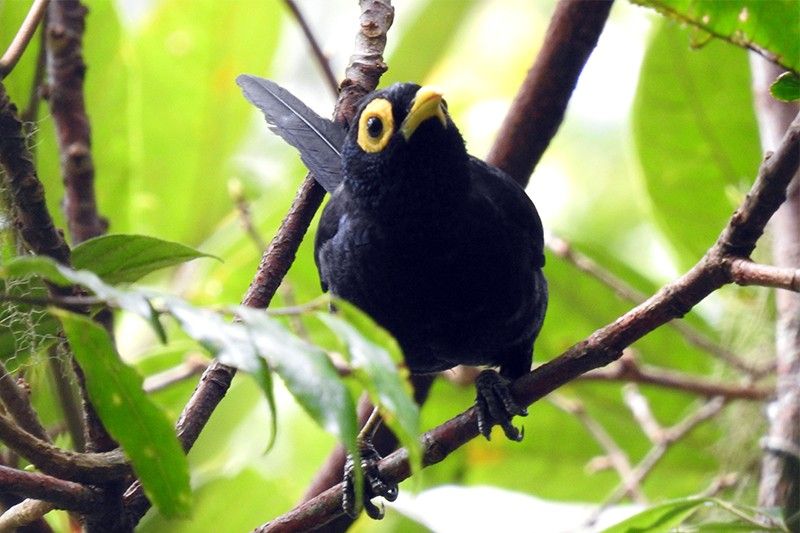
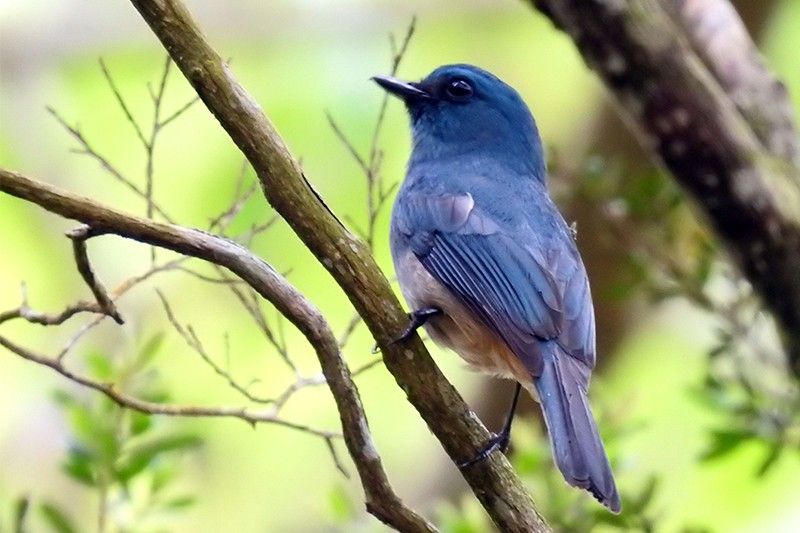
Paner got the idea to train mountain guides into birdwatching guides after two birdwatchers in Manila called him to ask for assistance in climbing Mt. Apo – not to see the summit, but to see the birds on the trail, Paner quipped.
Because birding on narrow trails can be difficult even for old-timers, birdwatchers in the area typically hire a birding guide, Paner said.
"I am myself a birdwatcher and can guide them. But what if I’m busy? Wala akong mapapasahan. There’s this indicator already that birdwatching will somehow be the next activity of ecotourism, so we did the training," Paner added.
Livelihood and biodiversity protection
Birding can also generate more livelihood opportunities while lending a hand toward biodiversity protection, Paner added. Sta. Cruz Tourism Office’s birdwatching guides, for instance, also double as patrollers who monitor and assess threats to local biodiversity such as illegal logging.
"Somehow in terms of conservation, malaki ang papel ng tour guides, especially when they become aware of the floral and fauna na dun lang makikita," he added. "We are lucky enough to have a huge forest area in Mount Apo. We intend to keep it that way."
Places with lesser-known eco-sites are also jumping on the opportunity to train eco-guides. The tourism office of Palayan City in Nueva Ecija, for instance, devoted one whole day out of a seven-day training in June on ecoguiding towards identification of flora and fauna.
"Palayan City is a landlocked city. Wala siyang large bodies of water na macoconsider namin as tourism attraction. More on mountains and farmlands. So we specifically requested the Ecoguiding Training from [the Department of Tourism Central Luzon] para mas appropriate sya sa constituents namin,” said Princess Camacho, tourism officer of Palayan City.
More than 20 Aeta and Igorot participants joined the training sessions facilitated by the local government of Palayan City, which Camacho said would hopefully lead to an opportunity for them to work as official tour guides of the city.
“One of the reasons why we chose [indigenous people] as participants is that they are the ones who live near mountains and semi-forests. Sila ang nakatira doon, sila ang mas nakakaalam, at sila yung all the more kailangan mabigyan ng acknowledgment since they are the ones who protect the place,” Camacho added.
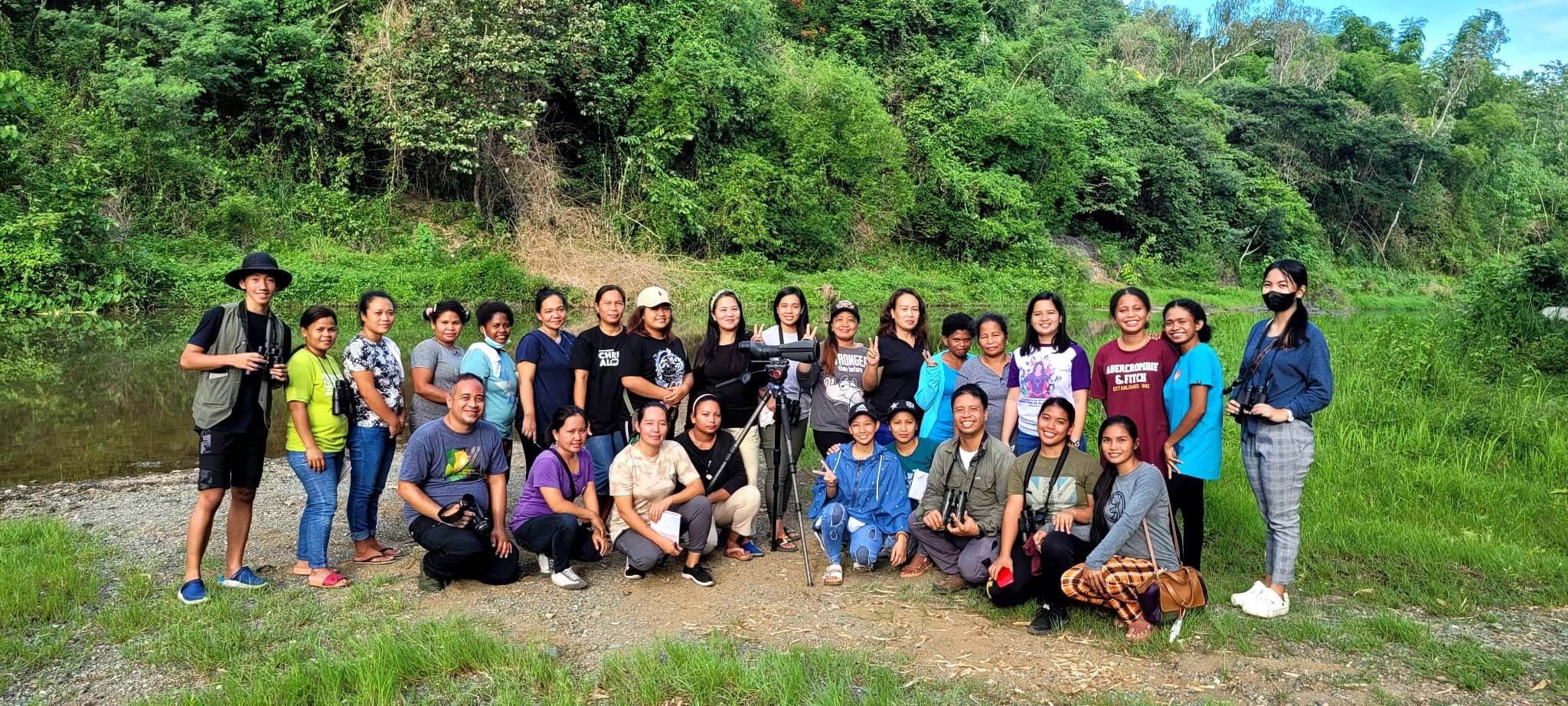
Constantino, who facilitated the training on birding and wildlife appreciation, said that he had banked on the locals’ knowledge of the birds in training them to be birding guides. In just two hours, they saw at least 40 species, according to his estimates.
While Paner said that birdwatching may not be everyone’s cup of tea, he hopes that more local tourism offices introduce the hobby alongside promoting usual activities like mountain climbing and hiking. Aside from its benefits to the local economy, the hobby can also inspire more people to protect endangered species of birds and their habitats, he said.
"Sa 100 na mountain climbers, kahit 5% lang sa kanila maging birder, OK na ako," Paner said.
- Latest
- Trending























